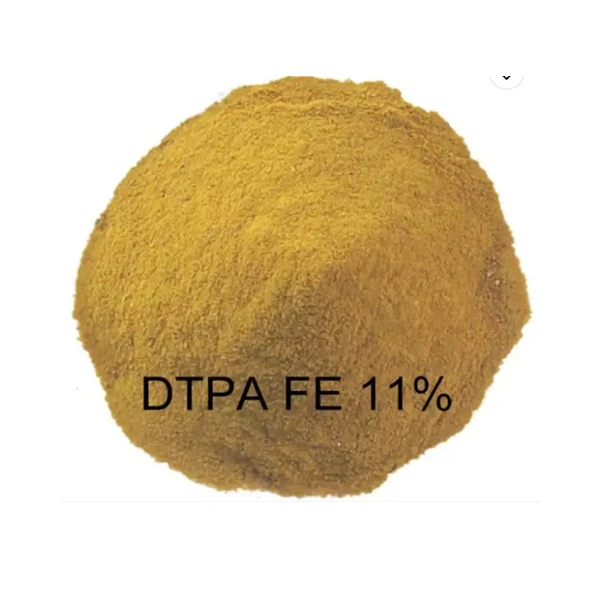
News
ਦਸੰ. . 17, 2024 14:13 Back to list
foliar iron fertilizer
The Importance of Foliar Iron Fertilizers in Agriculture
Iron is an essential micronutrient that plays a critical role in plant growth and development. It is integral to various physiological processes, including chlorophyll synthesis, enzyme function, and overall metabolic activity. However, iron deficiency is a common problem in agriculture, especially in soils with high pH levels or in areas with low organic matter. This is where foliar iron fertilizers come into play, offering an effective solution to combat iron deficiency in crops.
Foliar iron fertilizers are applied directly to the leaves of plants, allowing for rapid absorption of iron through the leaf surface. This method has several advantages over traditional soil application. First, foliar application bypasses the issues of soil pH and binding, where iron can become unavailable to plants. By delivering iron directly to the plant tissues, foliar fertilizers ensure that the nutrient reaches the target in a readily absorbable form.
One of the most significant benefits of using foliar iron fertilizers is the speed at which they improve plant health. Symptoms of iron deficiency, such as chlorosis (yellowing of leaves), often appear quickly, particularly in young leaves. By applying foliar iron, farmers can see rapid improvement in the color and vitality of their plants, leading to increased photosynthesis and energy production. The faster recovery can translate into higher yields and better quality produce, essential for meeting market demands.
In addition to its rapid action, foliar iron fertilizers can also be used synergistically with other nutrients
. Combining iron with other macro and micronutrients in a single application allows farmers to address multiple deficiencies simultaneously. This holistic approach can enhance plant health more effectively than addressing each nutrient deficit separately. Moreover, it can reduce the number of applications needed throughout the growing season, saving time and labor costs for farmers.foliar iron fertilizer

Application techniques for foliar iron fertilizers are key to their effectiveness. Farmers should aim to apply these fertilizers during the cooler parts of the day, such as early mornings or late afternoons, to reduce evaporation and maximize absorption. Furthermore, using the right concentration is crucial, as too high a concentration can lead to leaf burn while too low may not provide the desired effect. Regular monitoring of plants is also essential, as it allows for timely applications based on visible deficiency symptoms.
The role of foliar iron fertilizers is particularly pronounced in high-value crops, such as fruits and vegetables, where quality and appearance are paramount. In crops like grapes, apples, and tomatoes, iron deficiency can not only affect the yield but also the fruit's aesthetic appeal, leading to lower market value. By ensuring adequate iron supply through foliar applications, growers can maintain the quality of their produce and optimize their economic returns.
As sustainable agriculture practices gain traction, the need for efficient use of fertilizers, including micronutrients like iron, becomes ever more critical. Foliar iron fertilizers provide a targeted approach to nutrient management, allowing farmers to enhance plant health with minimal environmental impact. With ongoing research and innovations in formulation and application techniques, the future of foliar iron fertilizers looks promising.
In conclusion, foliar iron fertilizers are an invaluable tool in modern agriculture, addressing iron deficiency efficiently and effectively. Their ability to provide nutrients directly to plant leaves helps in swift recovery from deficiency, leads to improved crop yield and quality, and supports more sustainable farming practices. As a widely adaptable solution, they hold significant potential for fostering healthier crops across diverse agricultural systems.
-
EDTA Industrial Uses Reliable Chelating Agent Solutions
NewsMay.31,2025
-
Disodium EDTA Use Trusted Supplier & Chelating Agent Manufacturer
NewsMay.31,2025
-
High Quality Iminodisuccinic Acid Potassium Salt - Eco-Friendly & High Purity
NewsMay.31,2025
-
Amino Acid Retarder Supplier High-Efficiency Concrete Additive Manufacturer
NewsMay.31,2025
-
Premium Amino Acid Polymers Factory Direct Quotes & Pricing
NewsMay.30,2025
-
Chelating Agent in Food High-Quality Solutions for Food Industry
NewsMay.30,2025
